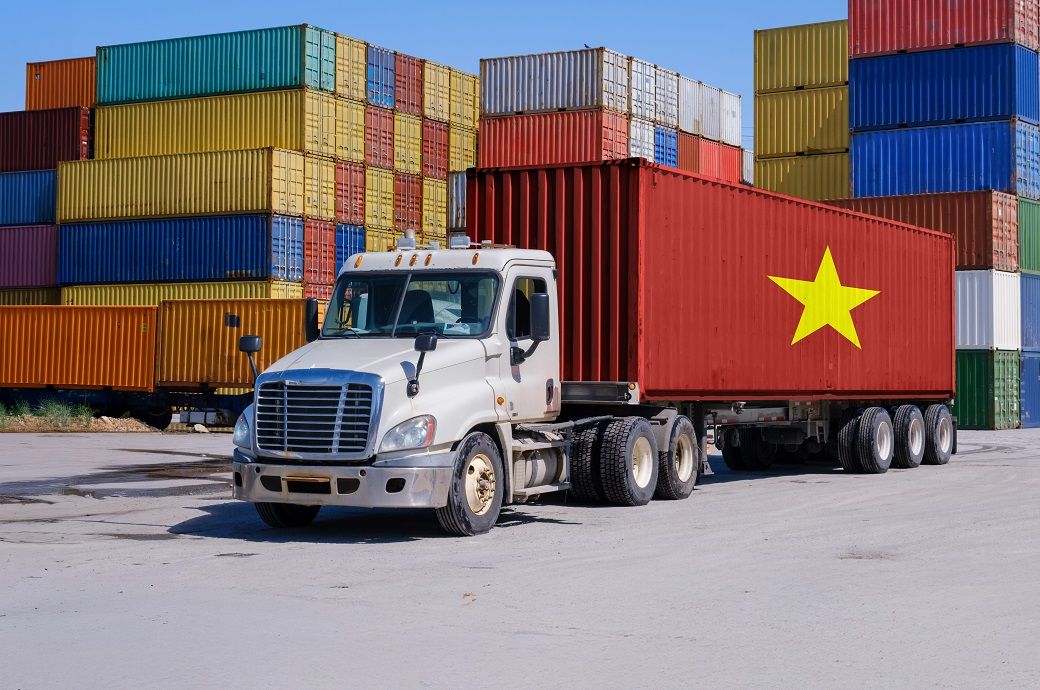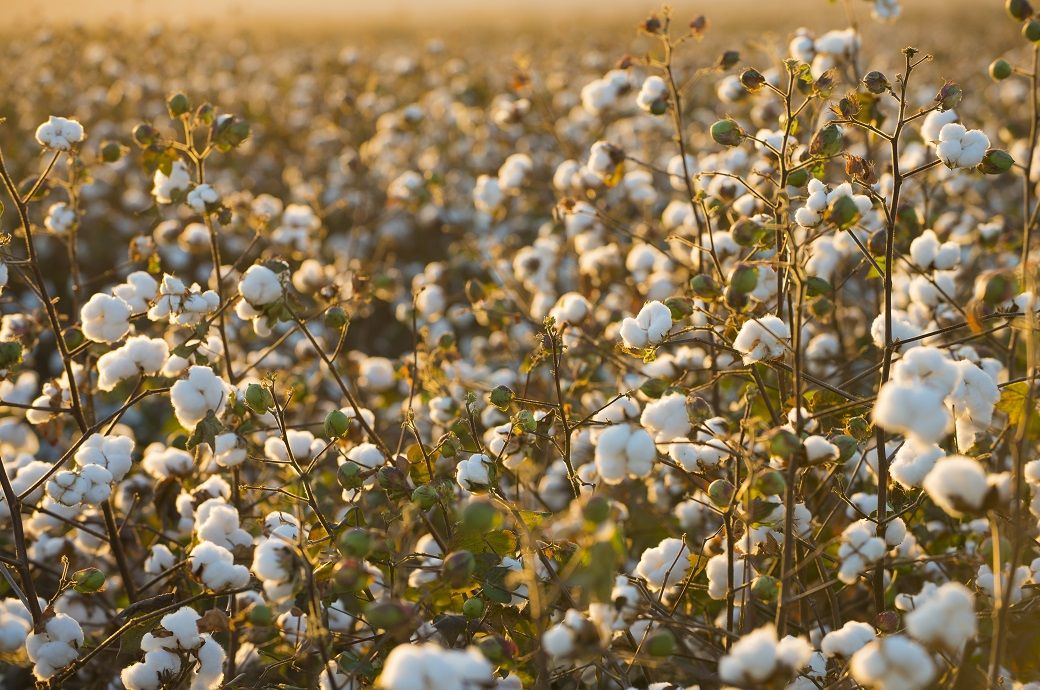
Several countries have already received notice of new tariff rates imposed by the United States, set to take effect August 1.
Fibre2Fashion spoke to a cross section of apparel makers in various countries to understand their take.
Initially hit with a steep 46 per cent tariff on its exports, US subsequently reduced the rate to 20 per cent for most goods.
Garment makers in Sri Lanka, Bangladesh believe Vietnam stands to gain, expert from Vietnam offers a different perspective.
This follows the expiration of a 90-day tariff suspension window that had previously granted temporary relief to exporters scrambling to adapt to shifting US trade policy under the Trump administration’s protectionist framework that emphasises reciprocity.
Due to this policy, major apparel manufacturing countries such as Bangladesh, Cambodia, and Sri Lanka now face steep US tariff rates of 35 per cent, 36 per cent, and 35 per cent respectively on their exports. Meanwhile, another key player, India, is engaged in negotiations with the United States in hopes of securing a tariff reduction.
It may be mentioned here that as per reports, China, Vietnam, Bangladesh, Cambodia, and India held the largest share of the US apparel import market in 2024.
For India though, being a BRICS member could add a separate layer of complexity.
Trump had previously proposed an additional 10 per cent tariff on all BRICS nations, following reports that these countries were promoting the use of local currencies for cross-border trade and financial settlements, to reduce dependence on the US dollar.
Meanwhile, China —also BRICS founding member —has until August 12 to renew its deal with the US or forge a new agreement to avoid the tariffs reverting to their higher rates. This after US tariffs on Chinese goods soared as high as 145 per cent earlier this year, after which the Trump administration in May reached a deal with Beijing to scale back taxes on each other’s exports for at least 90 days.
Under the truce, Chinese imports to the US are subject to a blanket duty of 30 per cent in addition to the existing 25 per cent tariffs on specific products bringing the total to 55 per cent, while US exports are subject to a 10 per cent rate.
Amidst all these, one country that seems to have gained considerable advantage vis-à-vis most of its competitors is Vietnam.
While Vietnam was initially hit with a steep 46 per cent tariff on its exports to the US, the Vietnamese Government moved quickly to engage in talks with the Trump administration and ultimately secured a more favourable deal under which the tariff rate was lowered to 20 per cent for most goods. However, a caveat was added stipulating that any products deemed to be ‘transhipped’ through Vietnam would be subject to a higher 40 per cent duty, a clause aimed at preventing tariff evasion via indirect routing and ensuring genuine Vietnam products benefit from the revised rates.
Garment industry remains one of the key drivers of Vietnam’s economic growth and any impact on apparel exports will have repercussions.
As per Vietnam Textile and Apparel Association (VITAS), in 2024, Vietnam’s textile and apparel exports reached $44 billion, marking an 11 per cent year-on-year increase.
Meanwhile, most industry players Fibre2Fashion spoke to across apparel manufacturing and export destinations, felt Vietnam has an edge over most of its competitors.
Fazlul Hoque, managing director of Bangladesh based Plummy Fashions Ltd and former president of the Bangladesh Knitwear Manufacturers and Exporters Association (BKMEA) warned Bangladesh will struggle to compete with Vietnam in case the 35 per cent tariff remains unchanged for Bangladesh even as he added Vietnam also holds a larger share in the US market compared to Bangladesh.
John De Silva, managing director of Sri Lanka based Jia Moda Private Limited told F2F that the 35 per cent new tariff imposed by US on Sri Lanka is going to pose a massive challenge, which could result in shift of orders to countries like Vietnam thanks to the tariff advantage even as Yohan Lawrence, secretary general of Sri Lanka’s Joint Apparel Association Forum (JAAFSL) underlined that Vietnam stands to gain in view of the current tariff rates.
However, N Thirukumaran, general secretary of the Tiruppur Exporters’ Association (TEA), India, felt that given Vietnam’s dependence on overseas yarns and fabrics in absence of adequate domestic availability, the overall advantage may not be on the expected lines, especially considering the US’ stand on the issue of transhipment.
Vietnam sources approximately 70 per cent of its raw materials—such as zippers, cotton yarn, and elastic—from China, as per reports.
Meanwhile, speaking to Fibre2Fashion, Greg Fleming, industry veteran and an expert in Vietnam apparel production (operations) and supply chain noted while the country has an edge over Cambodia, the same may not be necessarily the case when compared to Bangladesh.
This stems from the fact that the countries concerned—Vietnam and Bangladesh—cater to different product categories in the US market and as such are not in direct competition so to say.
Besides, Bangladesh also scores over Vietnam in terms of labour cost, which remains cheaper and affordable than most of its competitors, explained Greg, who is based out of Ho Chi Minh City.
Like Thirukumaran, he also expressed concerns on the possible repercussions of US’ transhipment clause—especially in view of focus shifting to China owned factories in the country—and how things might take shape in case Vietnamese apparel manufacturers use raw materials from countries like South Korea, with which it has a free trade agreement.
Another industry insider pointed out that there’s some “ambiguity” in the transhipment clause while adding the scale of the impact will thus depend.
So, while opinions differ on whether the current situation favours Vietnam, the tariff issue highlights a broader concern: the growing instability in supply chains and global trade as apparel exporters around the world continue to grapple with uncertainties.
Fibre2Fashion News Desk (DR)

:max_bytes(150000):strip_icc()/Health-GettyImages-1435040347-8fee90f19fab478393084f6233881894.jpg)


